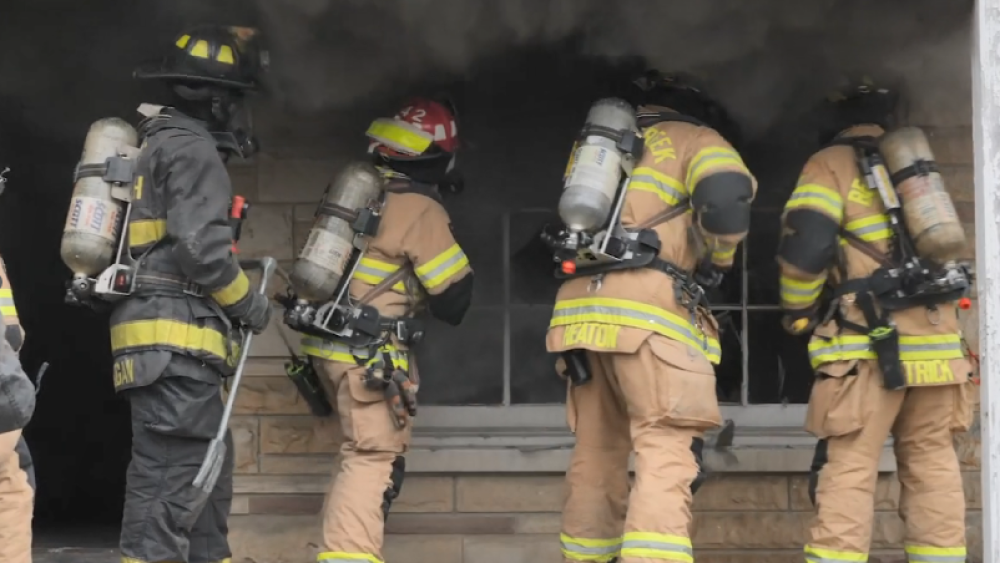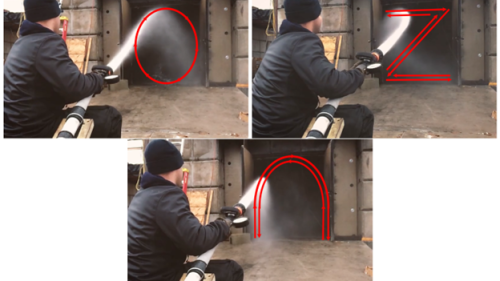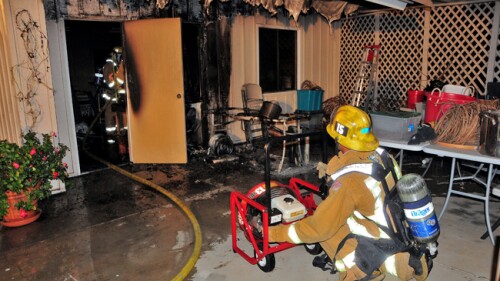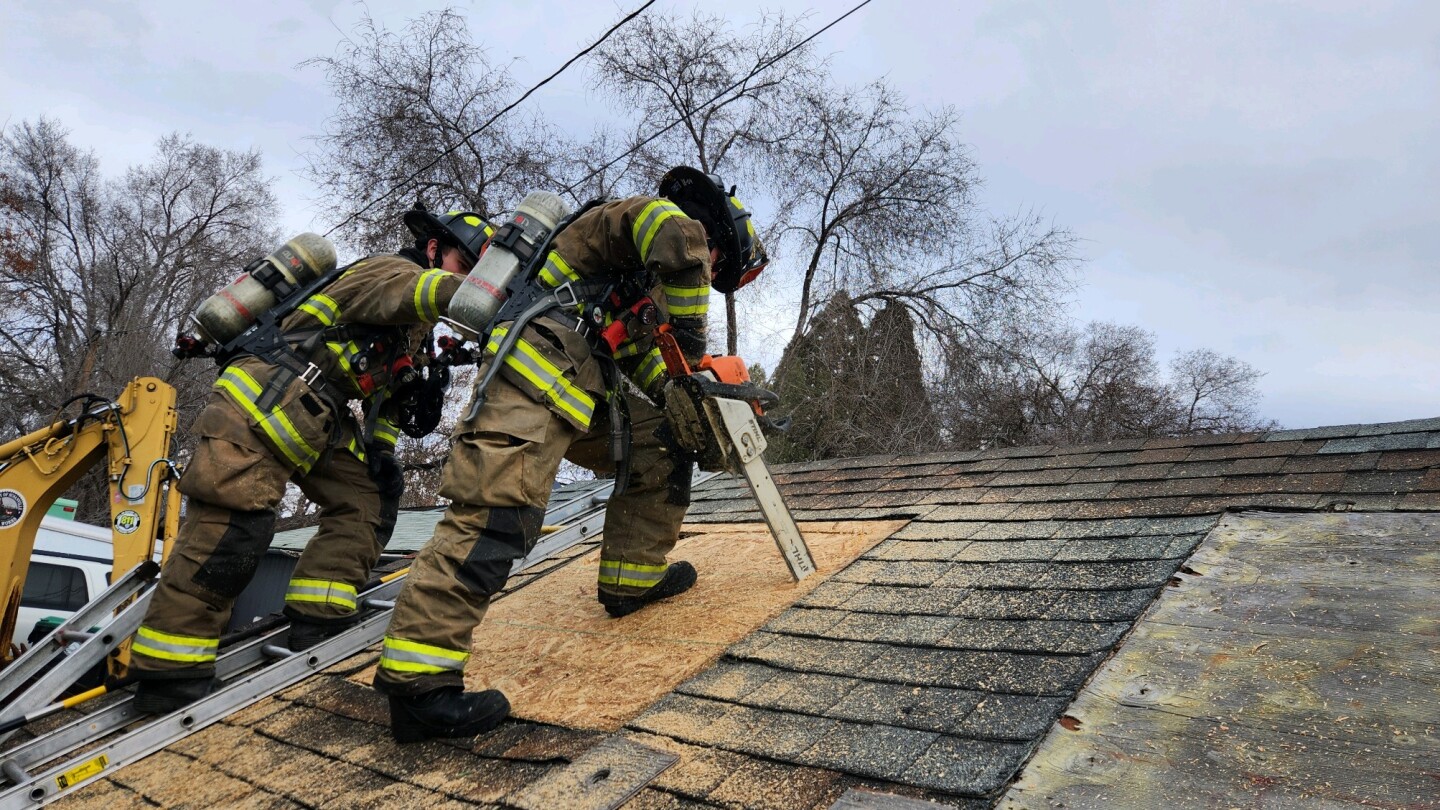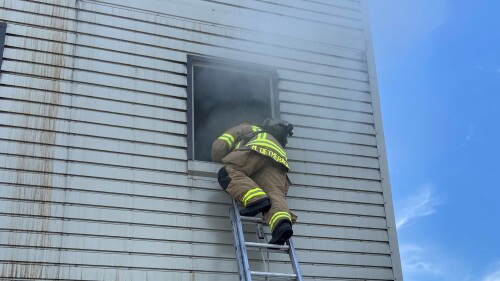As research continues to emerge, highlighting the importance of coordinated ventilation, firefighters are forced to adjust strategies and tactics. This special coverage series reviews the current ventilation-focused research and offers detailed steps for how to best implement the various ventilation operations – vertical ventilation, horizontal ventilation, positive pressure ventilation, among other tips and tricks to ensure safe fireground operations.
MORE FIREGROUND OPERATIONS
While not the preferred method of ventilation in the modern era, horizontal ventilation remains a valid option in some circumstances
Tactical tips, safety guidelines and a key mantra to be successful in this role
Breaking down fire attack directives into smaller steps allows crews to improve efficiency
A firsthand account of not understanding the burden of command
A call to respond to a flaming trash bin may be as simple as it sounds, or it could spread and become a much larger and more difficult blaze to fight
Detailing alarm causes, actions to mitigate the incident and fire protection post-incident
Major responses, award and honors, conflicts overseas, devastating wildfires and e-Bike blazes made headlines
Engine crews must be prepared to deploy ground ladders correctly, timely and aggressively for rescue
The fireground can be a dangerous place for a number of reasons and firearm discharges are one of them



